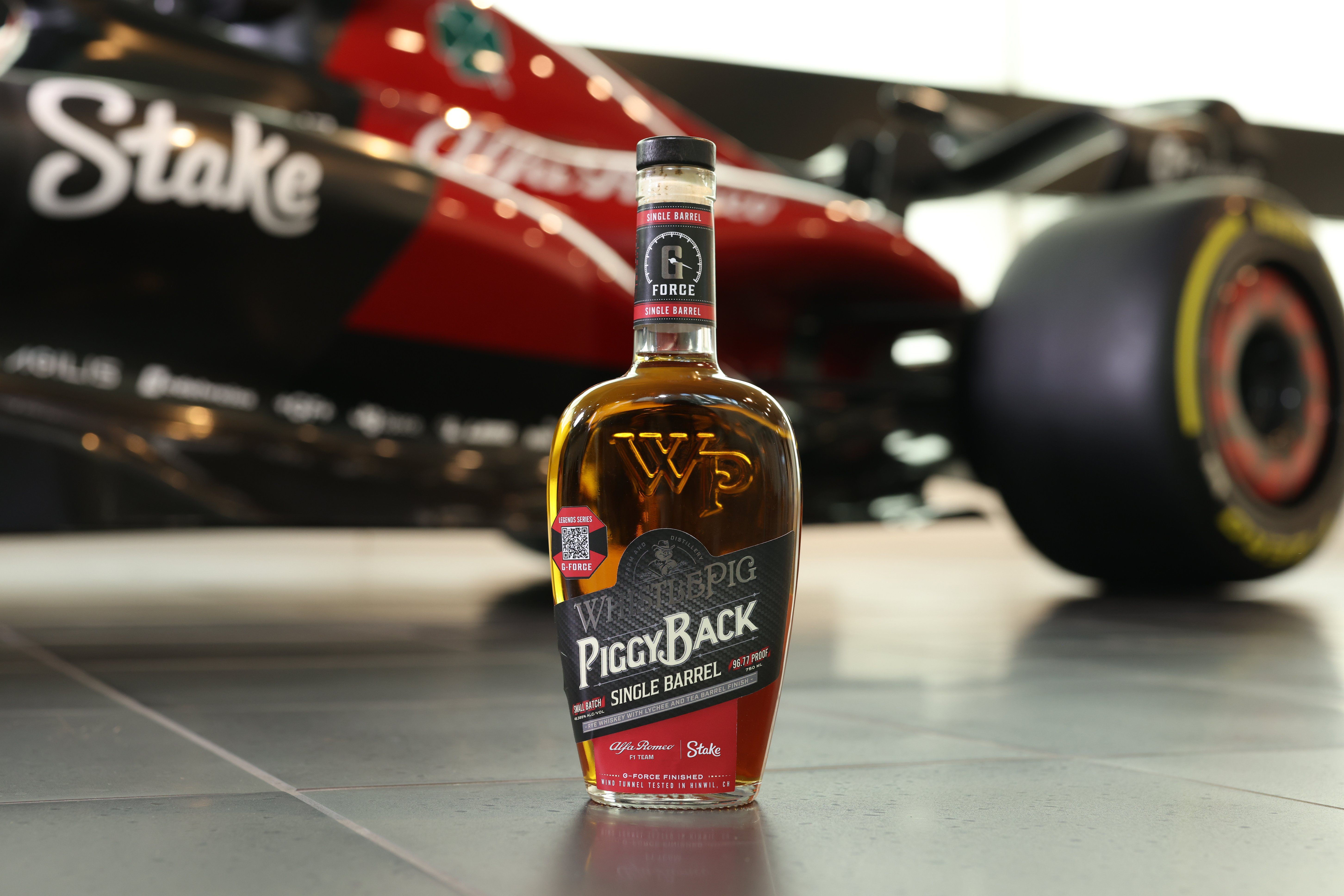Amid the glam surroundings of Kansas City’s Power & Light District, the Pride festival’s weekend events will kick off Friday, June 4, with Power the Light with Pride. At this event, Gilbert Baker, a man known chiefly as the creator of the gay community’s most famous and enduring symbol — the rainbow flag — will make a special appearance.
Baker, who will also serve as national grand marshal for Sunday’s parade, is a Kansas native and boasts a life story worthy of a novel. In a recent phone interview from his home in the Hamilton Heights section of uptown New York City, Baker spoke of the many twists and turns that his life has taken.
“Let’s get Kansas out of the way,” he says, when asked to begin his story. “I was born there, in 1951 — Chanute, Kansas. … I was born there, but my father was a veteran and got a scholarship to go to Washburn University, up in Topeka, so I lived in Topeka in my earliest years. … I even have memories of the beautiful Washburn campus. It was destroyed in a horrible tornado [in 1966>, but before that, it was these beautiful limestone castles.”
Because of Baker’s strong visual ability, it seems fitting that he would recall the architecture of the Washburn campus from his youth
After Topeka, the Baker family lived briefly in Chanute again, then in Wichita and Parsons until Baker graduated high school. Of his adolescence, Baker says, “My life in Kansas was pretty hard. It was pretty difficult to be gay then, and I was screaming. I really lucked out — I probably would have killed myself if I had stayed [in Kansas">. I was so depressed and so sick over having to hide everything and always lying. … And I was so lucky to break free.”
Baker here refers to the event that probably shaped his early life the most — getting drafted into the Army.
“The Army and the Navy were kind of — and still are — a way out. … Always there’s [been"> an element of gay people. I mean, that’s what’s so ridiculous about Don’t Ask, Don’t Tell.”
In the Army, Baker was fortunate enough to be assigned as a medic, and ultimately a nurse, in the San Francisco Bay area.
“Here I am in San Francisco, you know, fresh out of Kansas, and oh my God, you know, it was full-tilt love power,” he says of this period. “Gay people were really finding themselves [in the early ‘70s">. … All of a sudden there was this whole new generation of gay people who were discovering themselves, liberating themselves. We grew our hair long and we all dressed up in fabulous kimonos and silk dresses.
“By the time I got out of the Army, I was full-tilt Vietnam veterans against the war. … [I was"> running in a whole different crowd. … I understood pretty quick that art was a way to change the world — that you could really do a lot with visuals.”
Shortly after his honorable discharge, Baker, who, when he “was drawing as a kid, it was always ball gowns,” enrolled in San Francisco State University and procured a sewing machine. Mary Bunn, a neighbor friend, then taught him how to sew.
“We’d sit around after class looking at Vogue magazine and, you know, dreaming of Halston and Saint Laurent and Studio 54 in New York City. And then I’d make, you know, gold satin pants to wear to math class.”
After a brief stint as a fashion student, Baker decided that that particular career choice was not for him, but he “decided to keep going in that direction and I began to make banners for political protests.”
But it was really the big event of 1976 — America’s bicentennial — “that was the big mind-blower for me, that was the spark that lit the rainbow flag. … I never really thought about what a flag was, and all of a sudden, it was everywhere, on everything.”
On the particular use of the rainbow stripes to create a flag, Baker admits that there is “some element” of truth to the oft-repeated rumor that his design may not have been the very first to use the idea, but it’s clear that his drive, his dedication and his hard work are certainly what propelled the design into the world’s consciousness.
He recalls “hauling my Kenmore sewing machine down to the gay center … and within short order, the coffee pot was brewing and we dyed a thousand yards … of Chinese muslin and [helped by close friend Cleve Jones"> sewed it all up.”
This was in June 1978, and when these two huge, 30-foot-by-60-foot flags were flown for the city’s gay pride celebrations, Baker says, “I could just see in people’s eyes that they owned it.”
Over the next several years, Baker worked with Paramount Flag Co. to churn out countless variations of the flag, from small “stick flags” to various banner versions to 500 light-post flags to be hung along Market Street in San Francisco.
Moving into the ’80s, Baker’s career turned to designing huge events, from the Democratic Convention of 1984, to the State visits of, among others, the king of Spain and Prince Albert of Monaco, to the Black and White Ball, the San Francisco Symphony’s monumental, indoor/outdoor, multi-venue fundraiser.
In 1994, Baker took things to the next level, moving to New York City and beginning work on a mile-long flag, which broke a record as the world’s largest flag. Commemorating the Stonewall riot’s 25th anniversary, the flag was part of the city’s pride parade. And in 2003, Baker bested himself by creating a 1¼
